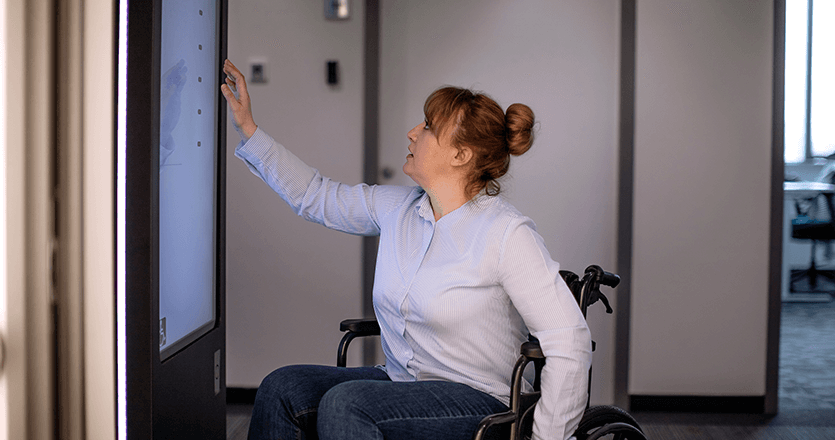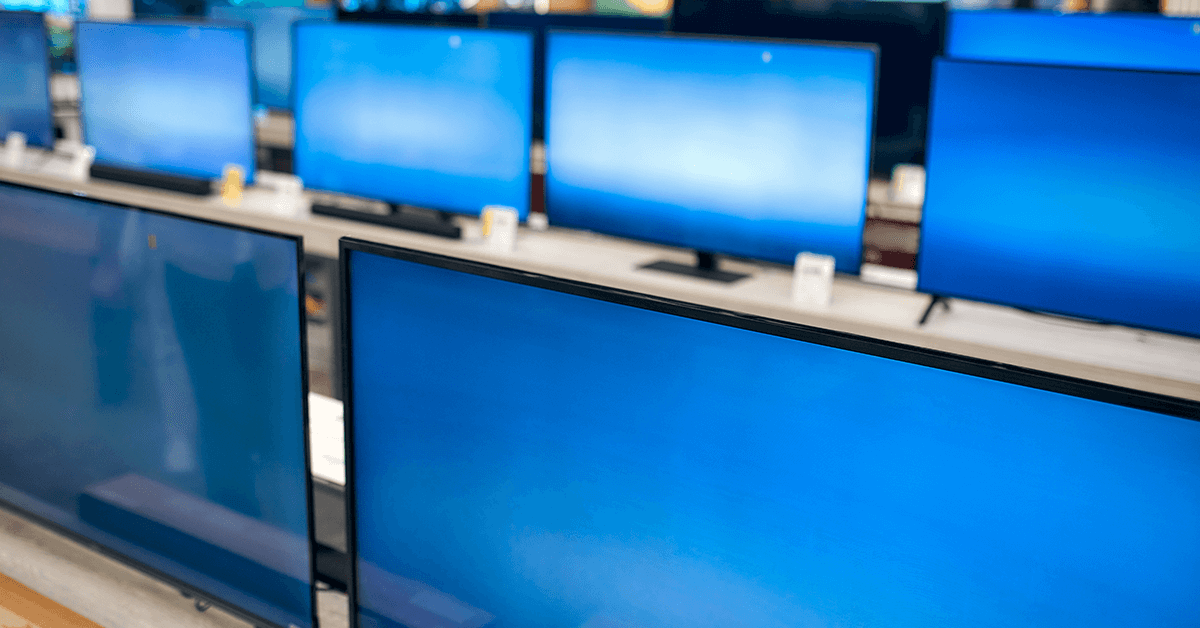Many benefits accrue from the installation of digital signage in retail stores, corporate offices, hospitals, and educational institutions, including enhanced customer engagement, streamlined information sharing, and modernized visual appeal.
However, the journey from conception to execution of a digital signage project is not without its challenges. Understanding the complexities involved can help organizations prepare and execute a successful installation.
Assessing the environment: The first hurdle
For any digital signage installation, the first step is to carry out an extensive review of the place where these signs will be situated. This requires understanding its physical layout, lighting conditions, and foot traffic. Each of these aspects determines hardware choice, screen placement, and the overall design of the signage network. For example, high ambient light areas may require screens with higher brightness levels to ensure visibility, while high-traffic areas may need more robust mounts and enclosures.
This stage’s needs assessment should also involve architectural considerations concerning the environment’s aesthetics. Instead of clashing with them, signage should go along with existing decors; this may necessitate having customized mounts or enclosures that would make them blend naturally into the space they occupy. Designers or architects’ involvement at this stage offers significant insights and helps avoid potential mistakes.
Choosing the right hardware and software
It’s always difficult to choose the correct hardware and software components. Hardware includes screens, media players, mounts, and perhaps interactive elements like touchscreens or sensors. For instance, the software has a content management system (CMS), which acts as a backbone for any digital signage network by allowing the creation and scheduling management of content, among other things. The CMS should be user-friendly and integrate with other systems, such as social media feeds or data analytics tools. Compatibility between hardware and software is key in order to prevent future operational issues.
System scalability is another consideration since companies scale up in size. Their requirements change over time, necessitating expansion rather than a whole replacement of Digital Signage Network infrastructure, for instance, through adding more screens, accommodating new types of content and advancing functionality over time involving the selection of hardware and software solutions.
Infrastructure and network considerations
However, one critical aspect is often overlooked when it comes to the installation of digital signage. Reliable Internet connectivity is essential for content updates, real-time data feeds, and remote management. In some cases, this may require a network upgrade or installation of dedicated links, depending on the size of the installation. Additionally, considerations around data security and privacy must be addressed, particularly in environments where sensitive information might be displayed.
Network redundancy is an important aspect in large-scale installations to ensure that they operate without interruptions. This means that backup connections and failover systems have to be set up so that the network does not go down even if it fails. What’s more, considering high-definition video content and other data-heavy applications is crucial in designing a network that won’t compromise on performance due to a lack thereof or despite its required bandwidth requirements.

Installation logistics: The practical challenges
The physical installation of digital signage can be logistically complex. This involves mounting screens, installing media players, running cables, and checking that all the constituent parts are connected properly and working as planned. It is a task that commands the collaboration of different experts, including electricians, IT specialists, and AV technicians. Sometimes, the installations have to be done after business hours so that there are minimal interruptions, which complicates matters further.
The installation process is of paramount importance when it comes to safety. Therefore, it is crucial that mounted screens are secure and cables properly managed so that they don’t become tripping hazards. Installers may also need to comply with local building codes and regulations, including obtaining permits or undergoing inspections.
Content creation and management
In the end, the success of digital signage hinges on its content. This entails creating engaging, relevant, and dynamic content that attracts attention and conveys the desired message appropriately. However, developing such materials requires clear strategies, creative know-how, and, at times, continuous management. To ensure that the contents remain fresh and in line with prevailing objectives, regular updates and maintenance are necessary.
The target audience should be identified while developing a content strategy; key messages should be defined; optimal frequency and timing of content updates have to be determined upon the development of a content strategy. Sometimes, these require teamwork between marketing departments, graphic designers as well and content developers who could produce visually attractive but extraordinarily exciting material. Additionally, this can improve overall impact by contemplating measuring effectiveness using data analytics followed by informed adjustments. For instance, how did people respond to your call to action?

Ensuring compliance and accessibility
Other important considerations include adherence to local rules, such as ADA (Americans with Disabilities Act) requirements in the United States. All persons, including disabled ones, should have access to signage, so measures must be taken to achieve this. Specific considerations regarding place placement could be made, for instance, including audio features or high-contrast displays.
Furthermore, in order for digital signage to be quality and reliable, industry standards / best practices must be adhered to, following guidelines pertaining to screen brightness, resolution, and viewing angles, which promote a consistent viewing experience and make it enjoyable. Regular audits, together with assessments, can help identify any compliance or quality issues, thus providing solutions where the need arises.
Post-installation support and maintenance
Long-term success relies on ongoing support/maintenance once digital signage has been installed. Regularly checking the system, updating software, and maintaining hardware is essential. To avoid minor issues becoming major ones, a support plan with clear responsibilities should be in place.
Proactive maintenance involves monitoring the performance of the signage network, recognizing problems before they become critical, and performing routine inspections and cleanings. Additionally, having dedicated support teams or service providers is crucial because it can ensure timely response and troubleshooting that ultimately minimizes downtime and maximizes performance.
Conclusion
While digital signage offers numerous benefits, its successful installation is marred by many challenges. These range from environmental assessments to hardware selection to network infrastructure and content management. Organizations ought to understand these complexities to get the most out of their spaces through digital signage, which can enhance communication and engagement.
The journey may be challenging, but with the right approach and resources, the rewards of a well-executed digital signage installation can be substantial, transforming spaces and elevating experiences for all who interact with them.
